Iran considers extending ‘Land of Kindness’ exhibition in China following high demand
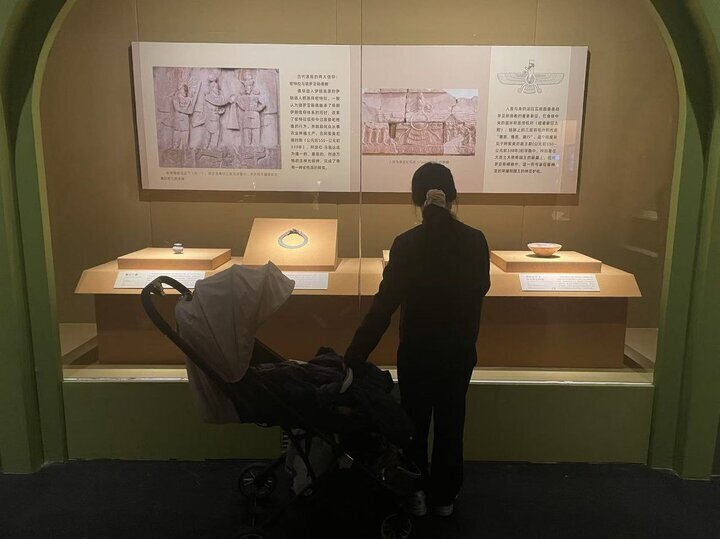
TEHRAN -- Iran is considering an extension of its highly acclaimed cultural exhibition, “Land of Kindness”, currently on display in China, following a formal request from Chinese officials, according to Ali Darabi, Iran’s Deputy Minister of Cultural Heritage.
The exhibition, which showcases artifacts from several Tehran museums, including the renowned Moqaddam Museum of the University of Tehran, was originally scheduled to run through late September. However, Chinese organizers have requested an extension due to the event’s popularity in both Chengdu and its current venue, the Guangdong Museum in Guangzhou.
“We have submitted the extension request to the Cabinet of Ministers,” Darabi told Tehran Times. “If approved, the exhibition will continue beyond its initial closing date.”
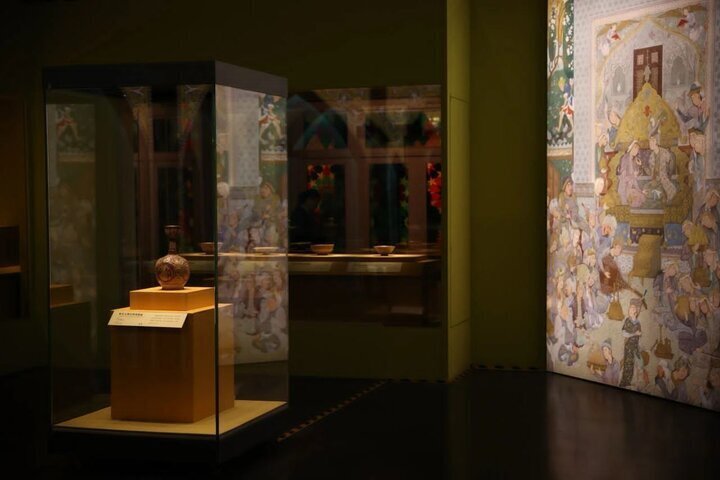
While the exhibition continues to foster strong cultural ties, Darabi acknowledged the absence of reciprocal Chinese exhibitions in Iran. “My understanding is that political considerations [due to a recent Israeli-imposed war on the Islamic Republic] are influencing the Chinese side’s hesitation to send artifacts to Iran,” he said.
“However, they have expressed interest in organizing another exhibition, which we have conditioned on a mutual display of Chinese heritage in Iran.”
Darabi emphasized that China has fully covered the exhibition's costs, including insurance of the artifacts.
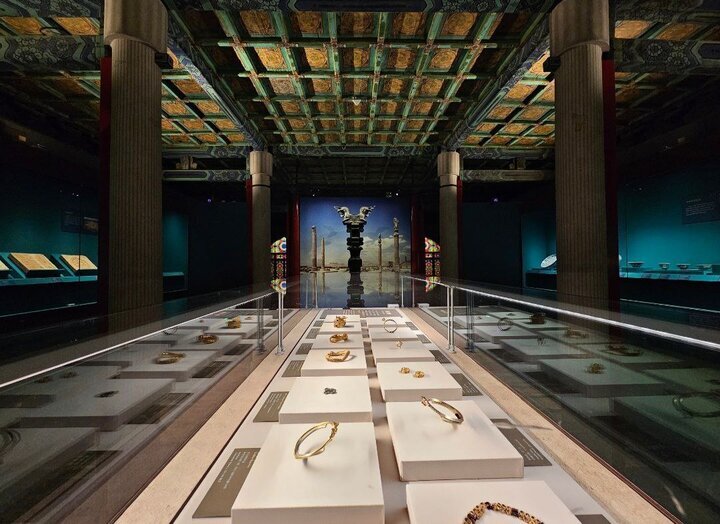
Addressing concerns raised by some international media outlets regarding the return of Iranian artifacts [ concerning previous loan exhibitions] from China, Darabi clarified, “Those claims are unfounded. Every item sent to China -- except for those currently part of “Land of Kindness” -- has been safely returned. The most recent batch came back in April and is now housed at the National Museum of Iran.”
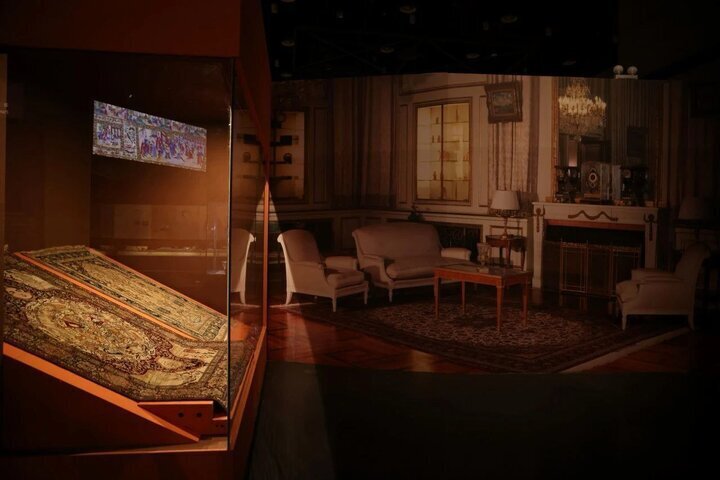
“Land of Kindness” is a joint initiative by Iran’s Ministry of Cultural Heritage, Tourism, and Handicrafts and the China International Cultural Exchange Center. The exhibition features some 150 artifacts, including metalwork, ceramics, silk textiles, carpets, seals, and other artistic items that reflect the grandeur of Iran’s Islamic-Iranian civilization.
Spanning from the third millennium BC to the later Islamic periods, the displayed items include intricately crafted metalworks, ceramics, glassware, textiles, and Persian carpets. These objects not only demonstrate Iran’s artistic evolution but also narrate key stages in its cultural history—from the era of Mithraic rituals to the advent of Islam.
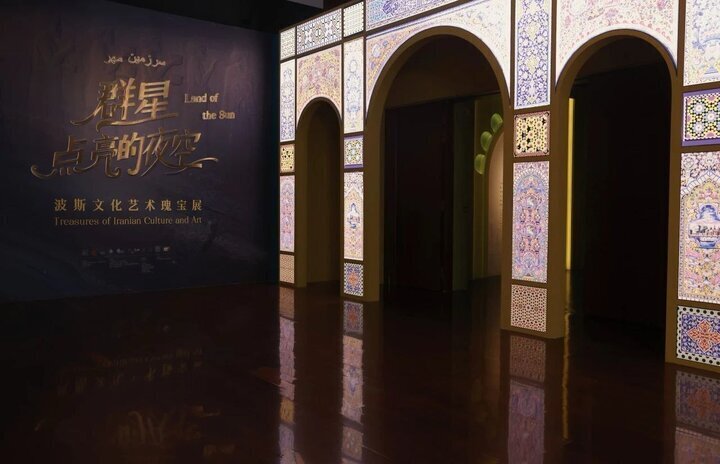
As mentioned by organizers, a key feature of the exhibition is its immersive design, inspired by iconic elements of Iranian art and architecture. Visitors enter through an area reminiscent of the Quranic tilework of Tehran’s Golestan Palace, while the main exhibition hall features stained glass and geometric patterns evocative of the Nasir al-Mulk Mosque in Shiraz. This carefully curated ambiance invites visitors into the spiritual and artistic heart of Iranian heritage.
AM
